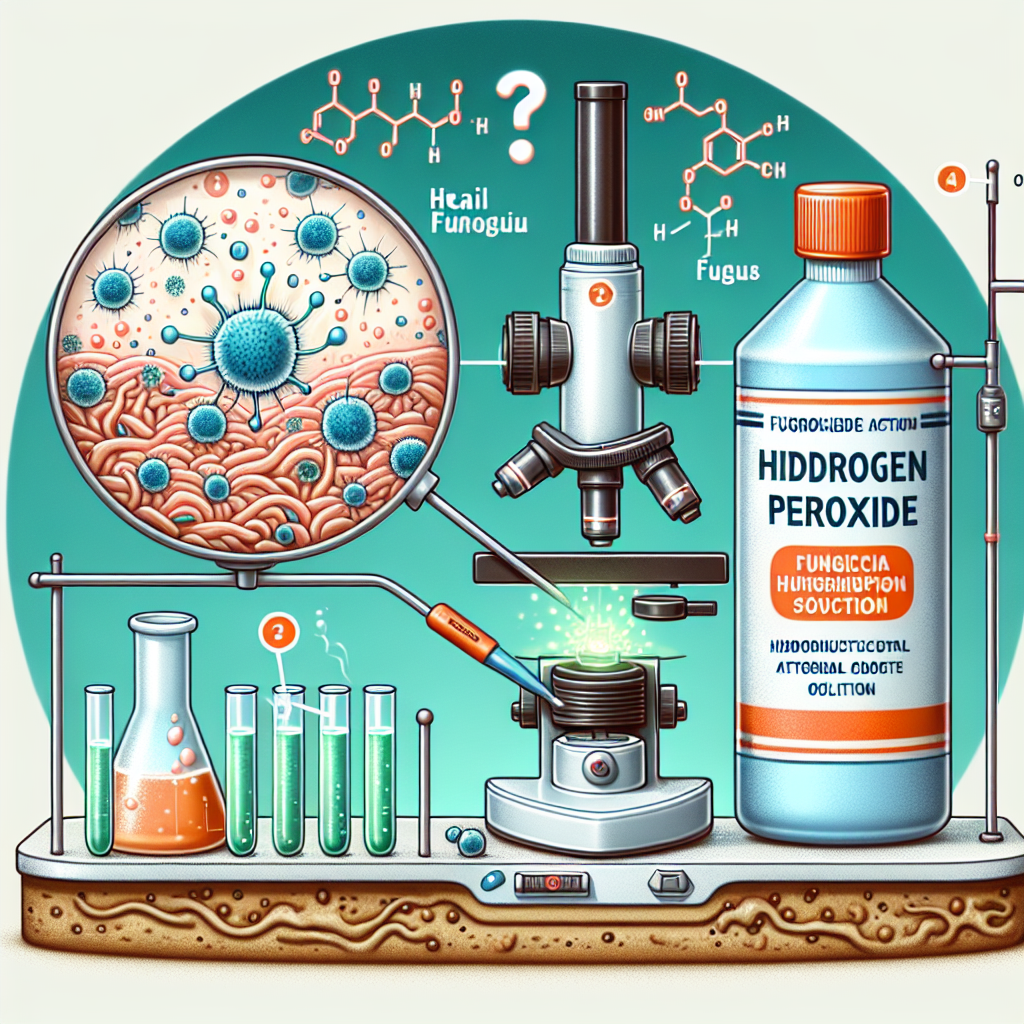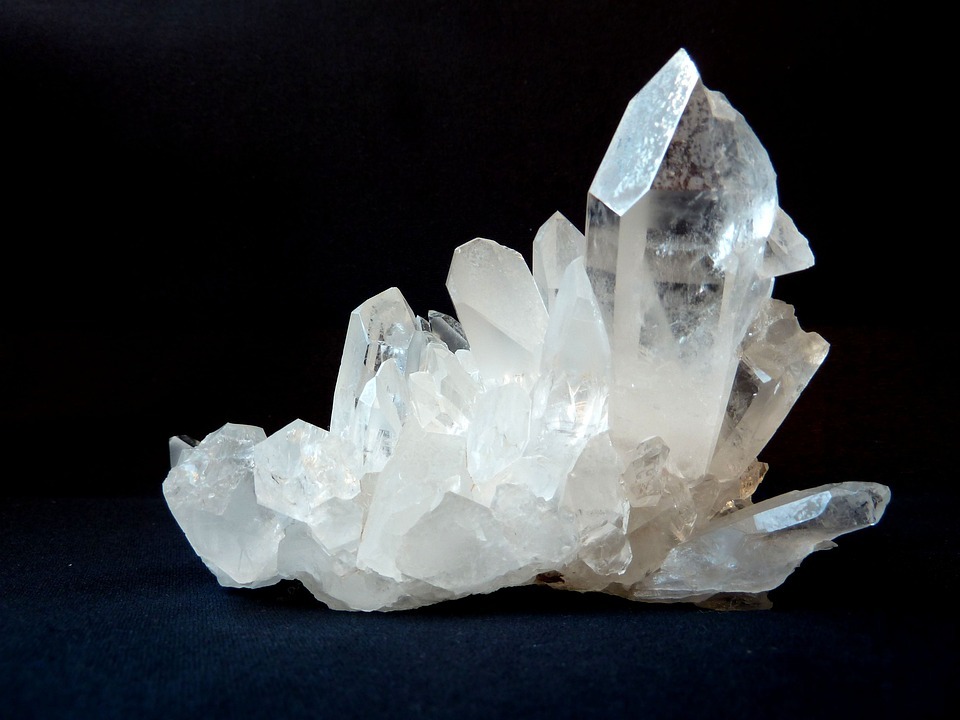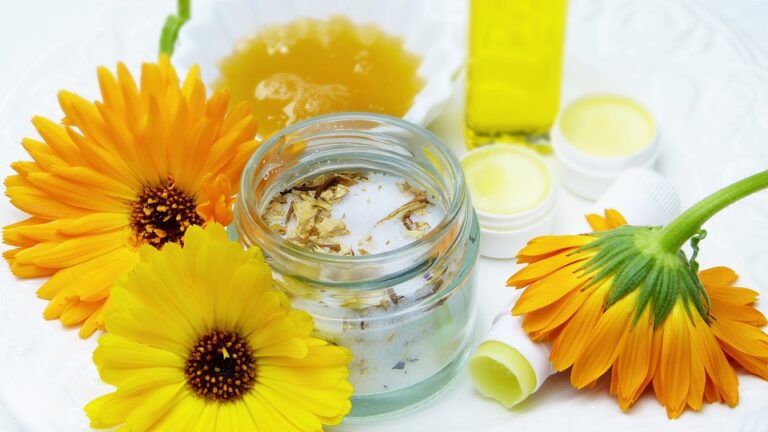Title: Decoding the Efficacy: Can Hydrogen Peroxide Really Eliminate Nail Fungus?
Nail fungus, medically known as onychomycosis, is a common condition affecting approximately 10% of the adult population. It manifests itself as discolored, thickened, brittle nails, and can be quite difficult to eradicate. Given the condition’s stubborn nature, patients often resort to alternative treatments, one of them being hydrogen peroxide. But can hydrogen peroxide really eliminate nail fungus? Let’s decode its efficacy.
Hydrogen peroxide is a pale blue liquid with strong oxidizing properties thanks to the loosely bound extra oxygen atom. This makes it a potent antimicrobial agent, capable of killing bacteria, yeasts, fungi, viruses, and spores. The mechanism behind this is that the extra oxygen atom causes oxidative damage to the microbes’ cellular structures, effectively neutralizing them.
Several studies indicate that hydrogen peroxide might be useful in treating nail fungus. However, it’s crucial to understand that these studies have several limitations and are by no means conclusive.
A study by Gupta AK, Paquet M found that soaking the infected nail in a 1% hydrogen peroxide solution could reduce fungal presence. In another experimental study, the treatment of onychomycosis with a topical formulation of hydrogen peroxide showed considerable advancement towards recovery. This was particularly true in patients with white superficial onychomycosis (a less severe form of nail fungus).
Despite such promising insights, it’s important to realize these studies conducted used low concentrations of hydrogen peroxide. Households generally store hydrogen peroxide in concentrations of 3% to 10%, which might be too potent and harmful if used incorrectly. Therefore, caution should be exercised when attempting self-treatment, and it is always recommended to consult with a healthcare provider.
So, while there’s some scientific evidence that hydrogen peroxide may help combat nail fungus, the research is not extensive enough to conclusively recommend it as a primary treatment.
But if you’re keen on trying this route, here are five tips to effectively and safely use hydrogen peroxide for nail fungus:
1. Dilute: It’s vital to dilute hydrogen peroxide with water before applying it to the skin. A 1:1 dilution (equal parts water and hydrogen peroxide) is generally recommended.
2. Soak: Soak the infected nail in the diluted hydrogen peroxide solution for about 20 minutes daily. This allows enough time for the peroxide to penetrate the nail and combat the fungus.
3. Dry: Always dry your feet thoroughly after a hydrogen peroxide soak. Fungi thrive in wet environments. Leaving your feet damp after a hydrogen peroxide treatment might be counterproductive.
4. Moisturize: Damaged nails and surrounding skin can be quite dry. Apply a gentle, hypoallergenic moisturizer after drying your feet to prevent further drying or cracking.
5. Consistency: Just like any other treatment, consistency can make a significant difference. Daily soaks will increase the effectiveness of hydrogen peroxide treatment.
To summarize:
– Hydrogen peroxide has potent antimicrobial properties that potentially can combat nail fungus.
– Limited studies have found success with hydrogen peroxide as a nail fungus treatment.
– Households usually store concentrations of hydrogen peroxide that are too strong for direct application to the skin. Dilution is necessary.
– The findings aren’t conclusive enough to recommend hydrogen peroxide as the primary treatment.
While hydrogen peroxide may offer an extra line of defense against nail fungus, it’s always wise to seek the advice of a healthcare provider for any medical condition. The possibility of misdiagnosis or the aggravation of existing conditions highlights the importance of professional consultation.








